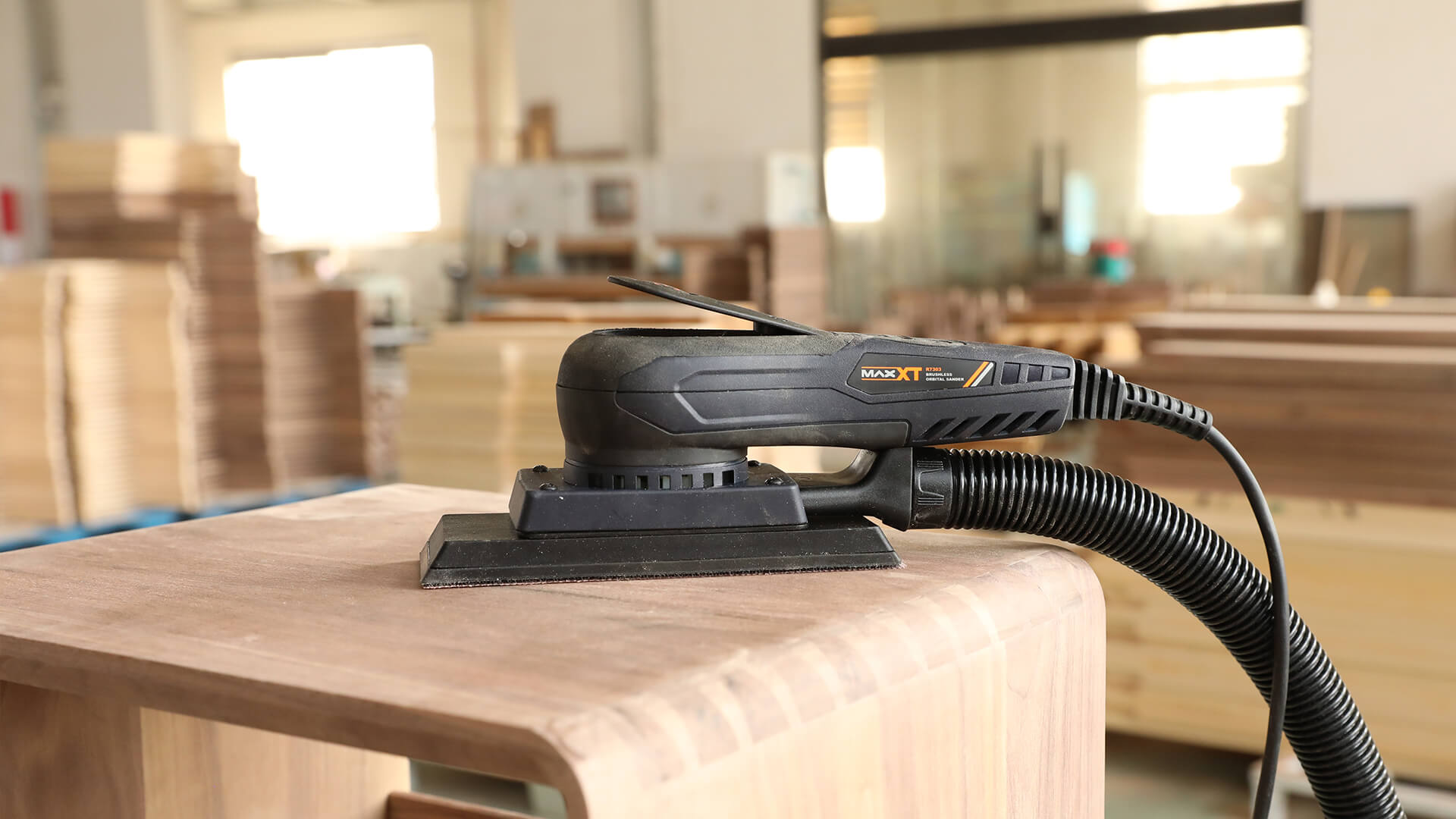Índice
AlternarFerramentas elétricas são um investimento substancial. Ferramentas elétricas adequadas manutenção de ferramentas elétricas protege esses valiosos ativos do uso excessivo e de fatores ambientais como flutuações de temperatura, umidade, poeira, corrosão e ferrugem, que podem tornar equipamentos caros inoperantes. O preço que você paga por negligenciar a limpeza e a manutenção de ferramentas elétricas é medido em baixo desempenho, grandes reparos e riscos à segurança.
Este artigo define os motivos para a manutenção adequada de ferramentas elétricas e fornece uma lista completa de etapas de manutenção que garantem prolongar a vida útil das ferramentas elétricas.
Por que a manutenção de ferramentas elétricas é importante
Cuidar de ferramentas elétricas vale seu tempo e esforço. Veja o porquê.
Aumente a vida útil das ferramentas elétricas. Ferramentas bem cuidadas duram mais. Inspeções regulares revelam sinais de desgaste e permitem reparos em tempo hábil, previnem quebras e prolongam a vida útil das ferramentas elétricas.
Aumenta a segurança. Ferramentas elétricas são perigosas de usar. Ferramentas elétricas são perigosas de usar – elas operam em altas velocidades com peças afiadas que se movem em alta velocidade. A falta de manutenção adequada pode levar a falhas mecânicas ou mau funcionamento repentino, potencialmente causando ferimentos graves. Equipamentos elétricos são inerentemente perigosos devido aos fios danificados, cabos desfiados, interruptores defeituosos e plugues danificados que podem causar choques elétricos.
Melhora o desempenho. Uma ferramenta elétrica obstruída com poeira e sujeira não funciona corretamente. A limpeza e a lubrificação regulares das peças móveis são cruciais para o seu bom funcionamento.
Cuidados preventivos economizam dinheiro. Inspeções regulares, limpeza e lubrificação revelam problemas emergentes, permitindo uma ação oportuna antes que a ferramenta quebre completamente, forçando você a comprar uma nova.

Dicas básicas de manutenção para todas as ferramentas elétricas
1. Guarde os manuais e leia-os
Os fabricantes fornecem manuais do usuário para todas as ferramentas elétricas. Os manuais contêm instruções para o uso adequado, precauções de segurança específicas e um cronograma de manutenção recomendado. Você encontrará informações sobre o tipo de lubrificante a ser usado, especificações das peças de reposição e muito mais. Mantenha todos os manuais à mão para fácil consulta caso algo dê errado ao trabalhar com uma ferramenta.
2. Limpe as ferramentas regularmente
Não deixe sujeira, serragem e metal se acumularem dentro de suas ferramentas elétricas. A sujeira acumulada pode causar entupimento e superaquecimento, o que pode ser perigoso e levar a quebras. A limpeza regular, de preferência após cada uso, pode minimizar os danos e reduzir significativamente o risco de quebras.
3. Inspecione cada ferramenta para verificar desgaste
É um bom hábito inspecionar ferramentas elétricas após cada uso. Verifique se há peças gastas e soltas e inspecione os cabos elétricos em busca de sinais de desgaste, alertando sobre isolamento e aterramento inadequado. Verifique se há rachaduras, inchaço e vazamentos nas baterias. Inspeções de rotina podem detectar problemas precocemente, evitando reparos ou substituições mais caros no futuro.
4. Lubrifique as peças móveis
Ferramentas elétricas possuem muitas peças móveis. É essencial mantê-las funcionando perfeitamente, lubrificando-as com frequência. O manual do fabricante contém informações sobre o óleo a ser usado. Ferramentas como serras tico-tico, serras circulares e chaves de impacto que envolvem movimentos repetitivos ou de alta velocidade exigem lubrificação regular.
5. Armazene adequadamente
Ferramentas elétricas caras não devem ser deixadas empilhadas ao final de um dia de trabalho. Para proteger essas ferramentas avançadas, guarde-as em local seco, de preferência coberto, para evitar ferrugem ou danos causados pela umidade. O armazenamento adequado protege as ferramentas e as mantém organizadas para fácil recuperação quando você precisar delas.
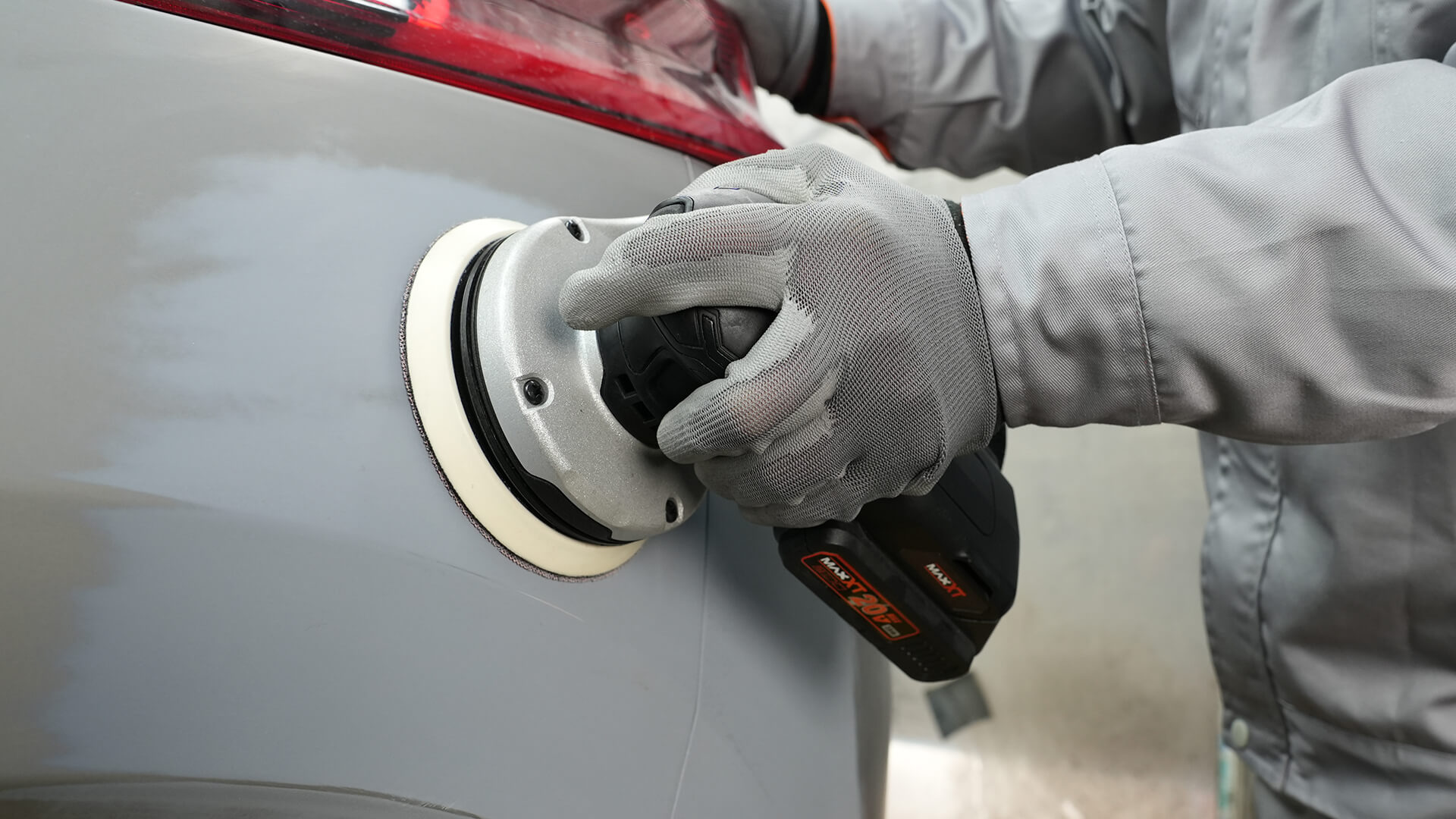
Dicas de cuidados específicos para cada tipo de ferramenta
Siga estas dicas de manutenção para garantir que suas ferramentas permaneçam em ótimas condições por muito tempo.
Furadeiras e Drivers
- Desconecte a ferramenta e remova as peças acopladas, como brocas, brocas de parafuso, adaptadores de soquete e outras brocas especializadas para diferentes tarefas.
- Limpe a ferramenta.
- Lubrifique o mandril e todas as suas partes móveis.
- Verifique o alinhamento do mandril.
- Armazene em local seco para evitar danos físicos e de umidade.
Serras (circular, de esquadria, de vaivém)
- Desconecte a ferramenta e remova a lâmina que você está usando.
- Teste o fio da lâmina e afie-a ou substitua-a, se necessário.
- Limpe a ferramenta, certificando-se de que esteja livre de poeira e resíduos após cada uso.
- Lubrifique as partes móveis. Consulte o manual para saber qual óleo é melhor para a ferramenta.
- Armazene a ferramenta em um ambiente seco para protegê-la contra ferrugem e corrosão.
Moedores
- Após cada uso, desconecte e limpe a ferramenta, removendo poeira e resíduos.
- Inspecione os discos de corte e desbaste e substitua os discos desgastados ou danificados.
- Inspecione a proteção contra moagem para verificar se há rachaduras ou danos e substitua-a se necessário.
- Para obter instruções de lubrificação, consulte o manual do fabricante.
- Verifique a empunhadura. Certifique-se de que não esteja frouxa ou danificada, pois isso pode comprometer o controle da ferramenta e potencialmente causar acidentes ou ferimentos.
- Se você tem um rebarbadora com escovas de carvão, substitua-as se estiverem desgastadas.
- Guarde os moedores em local seco e fresco para evitar que a umidade os corroa.
Sanders
- Desconecte a lixadeira.
- Retire o saco de pó, esvazie-o e use ar comprimido para limpá-lo após cada uso.
- Verifique se as vedações estão intactas para que nenhuma poeira contamine o motor.
- Inspecione e limpe as portas de extração de pó.
- Verifique as folhas de lixa e substitua folhas e discos rasgados ou desgastados.
- Lubrifique as peças móveis com óleos aprovados pelo fabricante.
- Guarde as lixadeiras e os discos de lixa em um local seco e fresco para proteção.
Ferramentas com fio
Para todos ferramentas elétricas, sempre inspecione os cabos e fios elétricos para verificar se há danos como rachaduras, dobras ou desfiados. Verifique se o isolamento está intacto. Além disso, verifique todos os plugues e conexões. Conserte ou substitua quaisquer cabos e plugues com defeito.
Ferramentas sem fio
A maioria das ferramentas elétricas sem fio, como serras de fita sem fio, atualmente, são alimentadas por baterias de íons de lítio. Essas baterias precisam de tratamento específico se você quiser que elas continuem alimentando suas ferramentas da melhor forma possível. Tome as seguintes precauções:
- Não deixe as baterias superaquecerem. Não as deixe em locais quentes ou sob luz solar direta. Armazene-as em local fresco e seco, idealmente entre 4°C e 27°C, e longe da umidade.
- Nunca deixe a bateria descarregar completamente. Evite a descarga profunda com a capacidade da bateria abaixo de 5%, pois isso pode danificá-la. Quando não estiver em uso, armazene a bateria com 50 a 70% cheia. Carregá-la com uma capacidade maior acelerará a oxidação interna.
- Ao carregar, use o carregador correto, desenvolvido especificamente para a bateria. Desconecte a bateria do carregador quando não estiver em uso. Não é aconselhável deixar a bateria no carregador por tempo indeterminado.
- Como prática geral, trate as baterias com cuidado. Ao manuseá-las, tome cuidado para não bater, deixar cair ou danificá-las de qualquer forma.
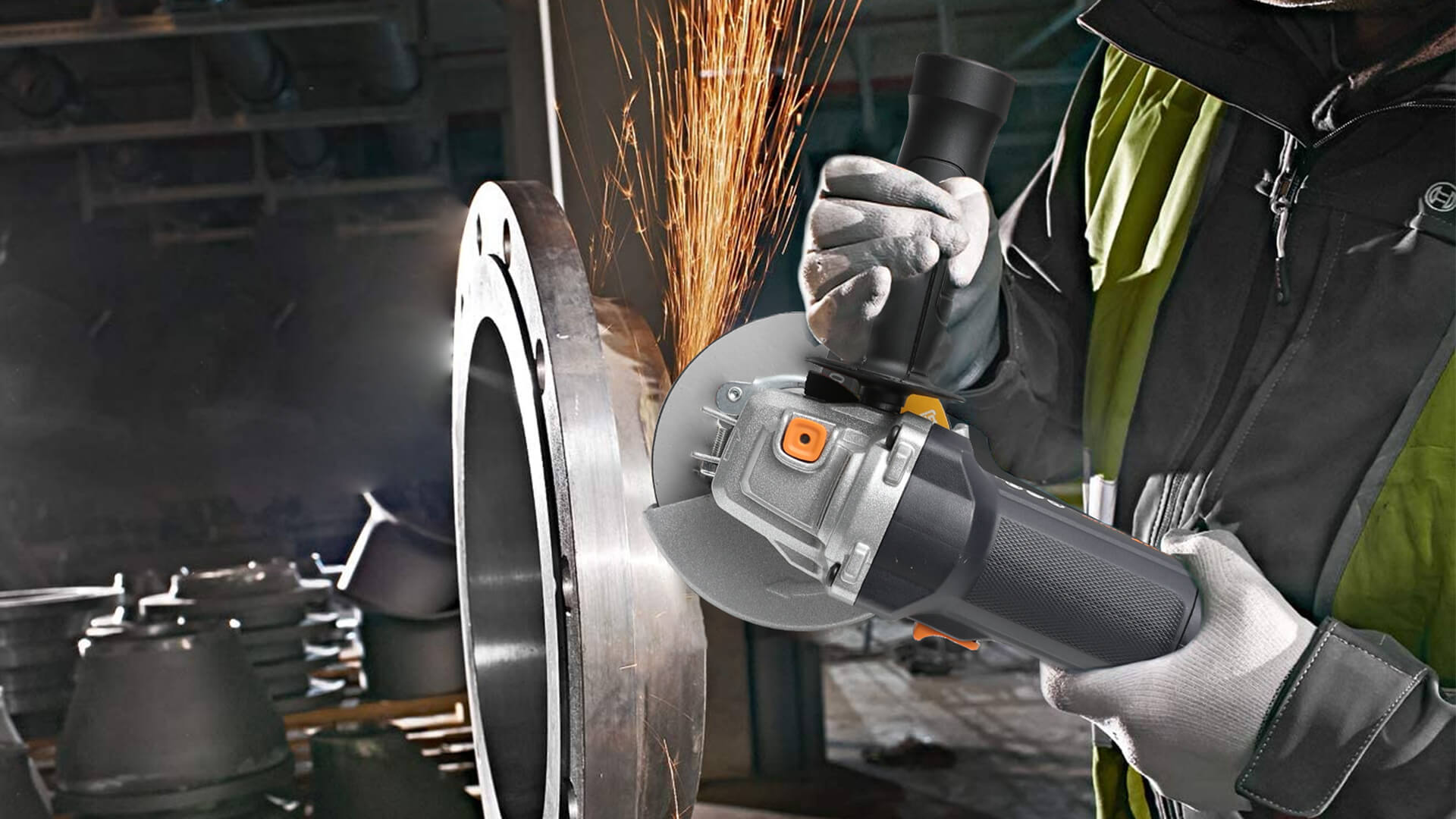
Como limpar ferramentas elétricas
A limpeza de ferramentas elétricas é um aspecto essencial da manutenção de ferramentas elétricas – uma ferramenta limpa opera com mais eficiência e é menos propensa a mau funcionamento.
Para limpar ferramentas elétricas, use estes métodos de limpeza de ferramentas elétricas:
Escovas macias para poeira e detritos
Use uma escova de cerdas macias (como uma escova pequena ou escova de dentes) para remover poeira, serragem e sujeira das aberturas de ferramentas como furadeiras, lixadeiras e serras circulares. Essas ferramentas têm muitos pontos difíceis que precisam de limpeza. Evite usar uma escova dura, pois pode causar danos.
Ar comprimido para áreas de difícil acesso
Em espaços internos ou cantos apertados onde a poeira se acumula, como dentro de saídas de ar, carcaças de motores ou mecanismos de interruptores, aplique jatos curtos de ar comprimido. Segure a lata na vertical e a uma distância segura. Trabalhe em um local bem ventilado e use máscara para evitar a inalação de poeira.
Detergente suave para sujeira de superfície
Para remover a sujeira mais persistente, use um pano com detergente neutro e água morna. Torça o excesso de água para evitar que os componentes elétricos se molhem. Esfregue as manchas e a sujeira.
Panos de microfibra para limpeza de superfícies
Se a ferramenta não estiver muito suja, basta limpá-la com um pano de microfibra, perfeito para remover poeira fina e evitar arranhões. Você também pode usá-lo com água e detergente para sujeira mais persistente.
Removedor de ferrugem para corrosão
Para manchas de ferrugem em superfícies metálicas, aplique uma pequena quantidade de removedor de ferrugem comercial ou uma pasta caseira de bicarbonato de sódio e água. Deixe agir por um curto período e esfregue suavemente com uma escova de aço ou esponja abrasiva até remover toda a sujeira. Limpe com um pano de microfibra.
Lubrificante para peças móveis
Depois que a ferramenta estiver limpa, aplique lubrificante nas partes móveis, como dobradiças, engrenagens ou rolamentos. Use o lubrificante recomendado pelo fabricante da ferramenta. A lubrificação é crucial para garantir o bom funcionamento e a durabilidade da ferramenta. Não use muito óleo, pois ele atrai poeira e sujeira, o que é prejudicial.
Observação: Evite usar água e produtos químicos agressivos, como alvejante, amônia ou solventes, devido ao potencial de danos às vedações, revestimentos e componentes elétricos.
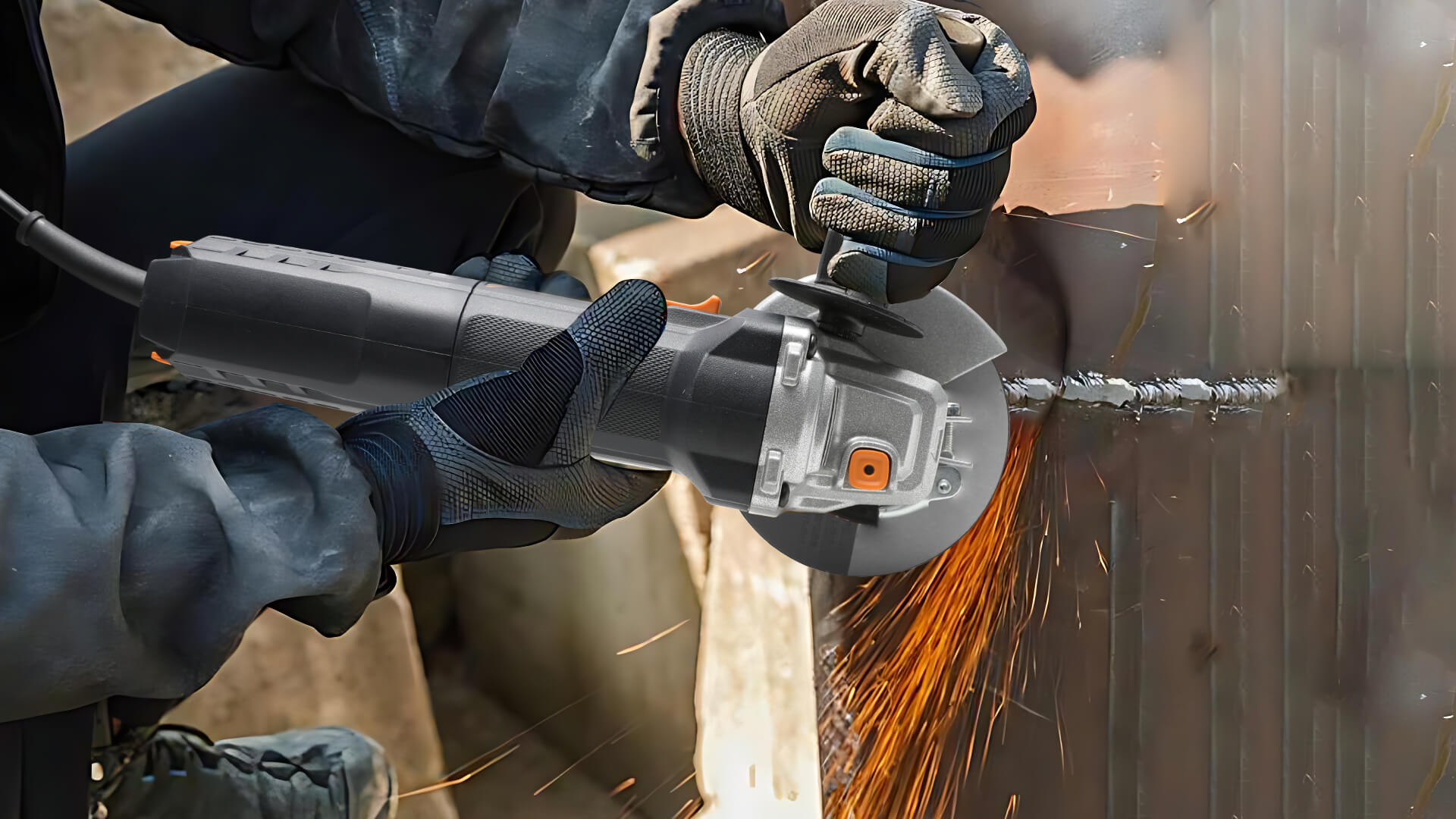
Você deve fazer a manutenção ou substituir?
Mesmo com manutenção adequada e regular, as ferramentas elétricas eventualmente perdem a utilidade quando é mais econômico substituí-las do que fazer a manutenção. Saber quando substituir em vez de consertar pode economizar tempo e dinheiro. Aqui estão alguns sinais de que uma ferramenta elétrica precisa ser substituída.
Danos óbvios
Ao notar rachaduras na carcaça, interruptores quebrados, peças de ferramentas amassadas ou cabos rompidos, é hora de se livrar da sua ferramenta favorita. Mesmo que ela ainda funcione, o dano pode torná-la insegura para uso, o que não vale o risco.
Desempenho reduzido
Se a sua ferramenta não funcionar como antes em termos de potência, precisão ou velocidade, mesmo com limpeza e lubrificação regulares, ela pode não estar mais apta para uso. Desempenho reduzido, como corte mais lento, bateria com baixa duração ou torque inconsistente, são sinais de que é hora de comprar uma ferramenta nova. Além disso, uma ferramenta comprometida limitará a qualidade do seu trabalho.
Ruído ou vibração excessivos
Sons incomuns ou vibrações fortes geralmente são sinais de rolamentos desgastados, peças desalinhadas ou fadiga do motor. Se a sua ferramenta fizer sons estranhos e tremer violentamente, pode ser hora de parar de usá-la.
Avarias repetidas
Se uma ferramenta quebra constantemente, provavelmente ela tem um problema permanente cujo conserto sempre custará dinheiro. Em vez de esperar que funcione bem na próxima vez e desperdiçar dinheiro com consertos repetidos, invista em uma ferramenta nova.
Tecnologia desatualizada
Ferramentas elétricas modernas costumam ser mais leves, mais eficientes e possuem recursos que melhoram a precisão, a segurança e a vida útil da bateria. Se a sua ferramenta mais antiga não possui recursos como motores sem escovas, compatibilidade com extração de pó ou controle eletrônico de velocidade — e não consegue atender às demandas atuais —, talvez seja hora de uma atualização.
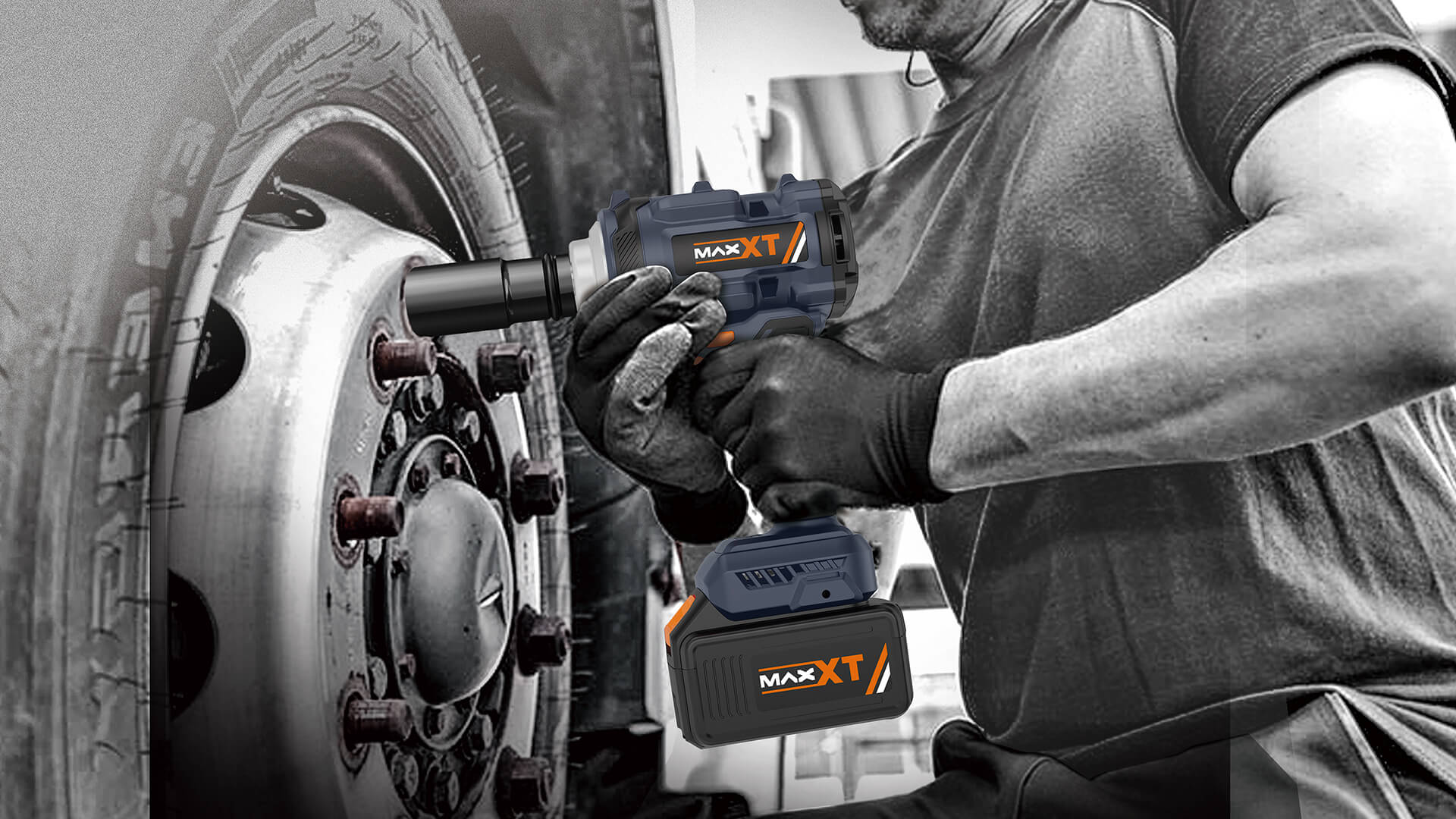
Cronograma de Frequência de Manutenção
Estabelecer um cronograma de manutenção que permita inspeções, limpeza, lubrificação e reparos regulares é importante. Manter um cronograma de manutenção garante que suas ferramentas durem mais e tenham um desempenho ideal. A frequência com que essas tarefas precisam ser realizadas depende do tipo de ferramenta e da frequência com que você a utiliza. Aqui estão algumas diretrizes gerais.
Inspeção: As inspeções devem ser feitas regularmente. Se você usa uma ferramenta com frequência, faça uma inspeção pelo menos uma vez por semana.
Limpeza: Se você usa a ferramenta com frequência, limpe-a pelo menos uma vez por semana. Se você a usa com menos frequência, limpe-a após cada uso ou pelo menos uma vez por mês.
Lubrificação: Consulte o manual para saber o cronograma de lubrificação recomendado pelo fabricante, que geralmente é mensal ou após uso intenso.
Afiação de lâminas: Para ferramentas com lâminas, afie-as assim que notar sinais de que as lâminas estão ficando cegas, como dificuldade para cortar suavemente. Lâminas cegas dificultam o trabalho e podem causar superaquecimento da ferramenta, aumentando o risco de acidentes.
Cuidados com a bateria: Consulte o manual e siga as instruções do fabricante para carregamento e armazenamento. Se a ferramenta for usada diariamente, inspecione a bateria uma vez por semana.
Conclusão
Ferramentas e manutenção andam de mãos dadas. Ferramentas elétricas são um investimento considerável – mantê-las adequadamente protege seu investimento. Armazenamento adequado, inspeções de rotina, limpeza regular e lubrificação adequada prolongam a vida útil das ferramentas, garantindo seu funcionamento seguro e eficiente. A manutenção de ferramentas elétricas reduz o risco de reparos dispendiosos, quebras inesperadas e possíveis ferimentos.
Uma rotina de manutenção consistente é uma maneira segura de obter o melhor retorno sobre o seu investimento, com ferramentas sempre em perfeitas condições, prontas para enfrentar tarefas pequenas e grandes. Siga sempre as práticas básicas de segurança. Para obter informações sobre a operação segura de ferramentas elétricas individuais, consulte o site do Power Tool Institute.
Entre em contato com nossa equipe hoje mesmo para obter a melhor coleção de ferramentas elétricas avançadas. MaxXT é uma fabricante líder de ferramentas elétricas de primeira linha Para consumidores e distribuidores. Nossa equipe de vendas está à disposição para auxiliar empresas que buscam atualizar sua linha de produtos.
Perguntas frequentes
Com que frequência devo limpar minhas ferramentas elétricas?
Limpe todas as ferramentas que você usa rotineiramente pelo menos uma vez por semana. O ideal é que você limpe a ferramenta sempre que usá-la.
Quando devo substituir a bateria de uma ferramenta elétrica?
Substitua a bateria de uma ferramenta elétrica quando ela não tiver mais carga, funcionar por pouco tempo ou quando o carregador indicar que a bateria está com defeito. Além disso, se a bateria apresentar sinais de superaquecimento, desligue a ferramenta e espere que ela esfrie antes de removê-la.
Que medidas posso tomar para evitar o acúmulo de sujeira e poeira?
Limpe a ferramenta após o uso, use ar comprimido para limpar aberturas e frestas e guarde-a em um local limpo e seco, como uma caixa de ferramentas. Considere usar um sistema de coleta de pó para ferramentas como lixadeiras para reduzir o acúmulo de resíduos durante o uso.
